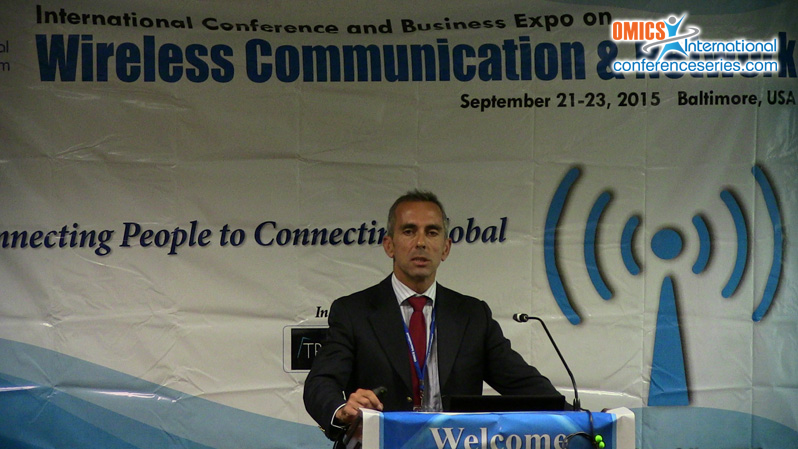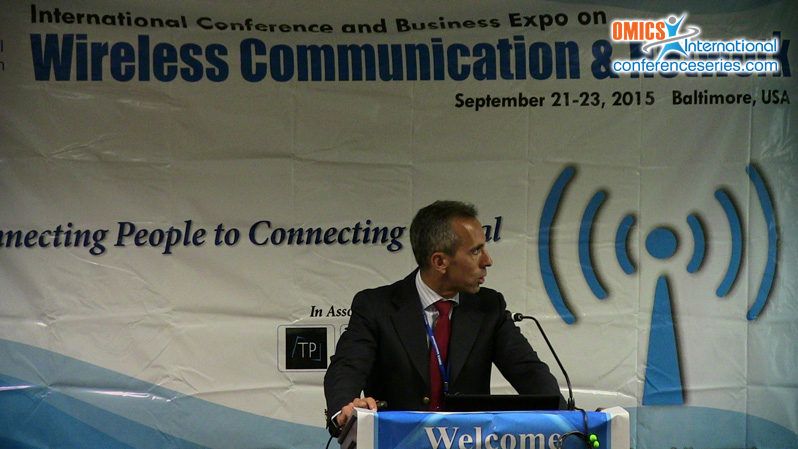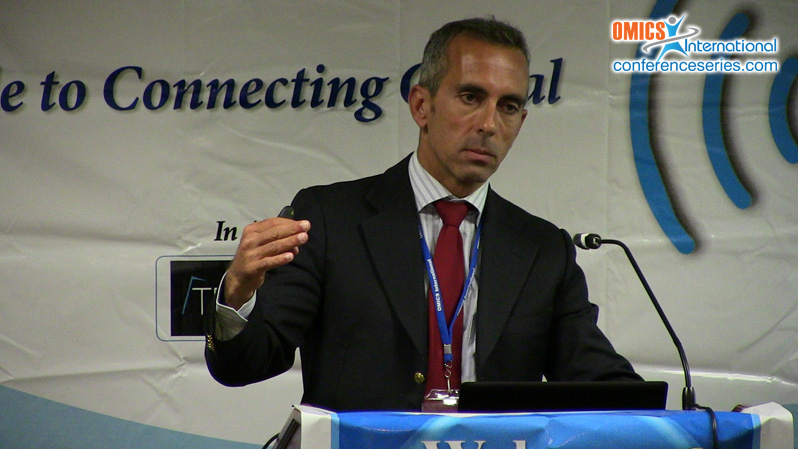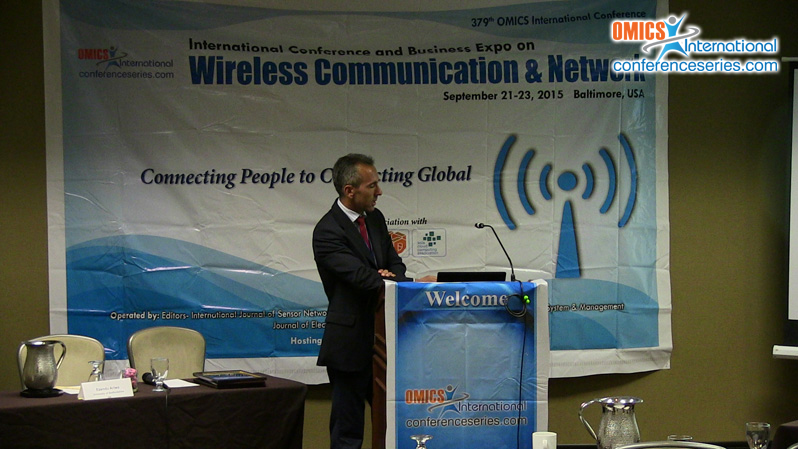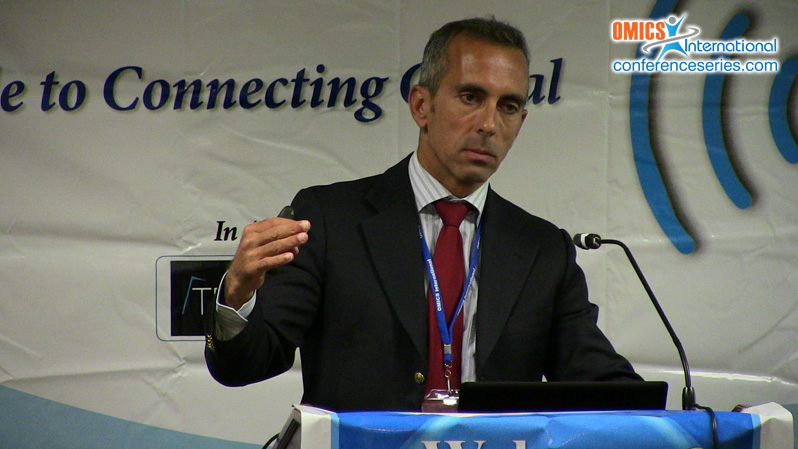
Mario Marques da Silva
Autonomous University of Lisbon, Portugal
Title: MIMO systems and applications
Biography
Biography: Mario Marques da Silva
Abstract
The use of multiple antennas at both the transmitter and receiver aims to improve performance or to increase symbol rate of systems, but it usually requires higher implementation complexity. The antenna spacing must be larger than the coherence distance to ensure independent fading across different antennas. Alternatively, uncorrelated signals in different antennas can be assured through the use of orthogonal polarizations. Multiple Input Multiple Output (MIMO) architectures can be used for combined transmit and receive diversity, for the parallel transmission of data or spatial multiplexing. When used for spatial multiplexing, MIMO technology promises high bit rates in a narrow bandwidth. Therefore, it is of high significance to the spectrum users. In this case, MIMO system considers the transmission of different signals from each transmit element so that the receiving antenna array receives a superposition of all transmitted signals. All new ideas about how to improve performance, capacity and/or spectrum efficiency while keeping computational cost at an acceptable level have been described. Multi-user MIMO (MU-MIMO) has also been introduced, where multiple streams of data are simultaneously allocated to different users, using the same frequency bands. This concept is similar to Space Division Multiple Access (SDMA). Nevertheless, while SDMA is typically employed in the uplink, MU-MIMO is widely used in the downlink. MU-MIMO presents several constraints, as downlink channel state information is required at the base station side (transmitter), and the processing is implemented using pre-coding (instead of the conventional post-processing approach). Ideas and concepts on MIMO applications, such as base station cooperation, coordinated multi-point transmission or multi-hop relay are also described. These are effective mechanisms that improve the performance at the cell edge, while mitigating the negative effects of near-far problem and adjacent cell interference, resulting in a more homogenous service quality, regardless the users\\\' positions. These concepts can be viewed as special types of MIMO systems, but where the different transmit or receive antennas are not collocated, but positioned in different locations. It is known that around 50% of the operational costs associated to cellular communications rely on the energy consumption, which also has an implication in the carbon emission footprint. MIMO Systems and Applications can contribute to the concept of Green Radio Communications, while supporting a reduction in the energy consumption. This presentation will provide a technical assessment of each of the technologies associated to MIMO systems and applications, while indicating the constraints associated to each one.
Speaker Presentations
Speaker PDFs
Speaker PPTs Click Here

